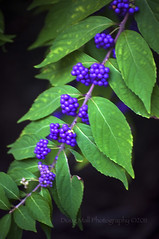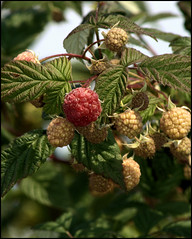How to Harvest Blueberries the Right Way
When you grow blueberries inside your house, you have something astounding to look forward to when its harvest time - plump, juicy, and appetizing berries. Enjoying the fruits of your labor (literally) is the repayMen you get for taking care of your plant. So make sure to grow big blueberries and keep these things in mind when harvesting.
Do not pick the berries as soon as they turn blue. The perfect time to harvest is nearby sixty to ninety days after flowering. You may have been Watching the expand of your blueberry plants from the time their delicate flowers blossomed to the day the berries ultimately turned azure. Before harvesting, leave the fruits on for another few days to let the berries grow bigger and become sweeter. The berries should be large, plump, and firm and the color should turn to deep purple, blue, or bluish black. Tasting one will make you perceive that it is all worth the wait.
Go easy when picking the ripe berries. When the blueberries are ready, they only need a microscopic coaxing before they fall off the branches and onto your palms. A soft shake of the subject or a polite twist of the hand should be sufficient to do the trick.
Handle the berries with care. Even if you grow huge blueberries, you still need to be careful because are characteristically fragile. After picking the fruits from the bush, place them in containers. Avoid piling the berries too high as you might end up with squished berries.
One of the biggest problems that farmers have when they plant blueberries face is the birds. Once the berries are ripe sufficient for picking, the birds would have gotten to them. The great thing about planting blueberries indoors is that you never have to worry about this problem. There is no need to setup netting and that means you have on less Job to do.
Harvesting blueberries is child's play. But no matter how easy it is, you still need to handle the fruits with patience and gentleness.




